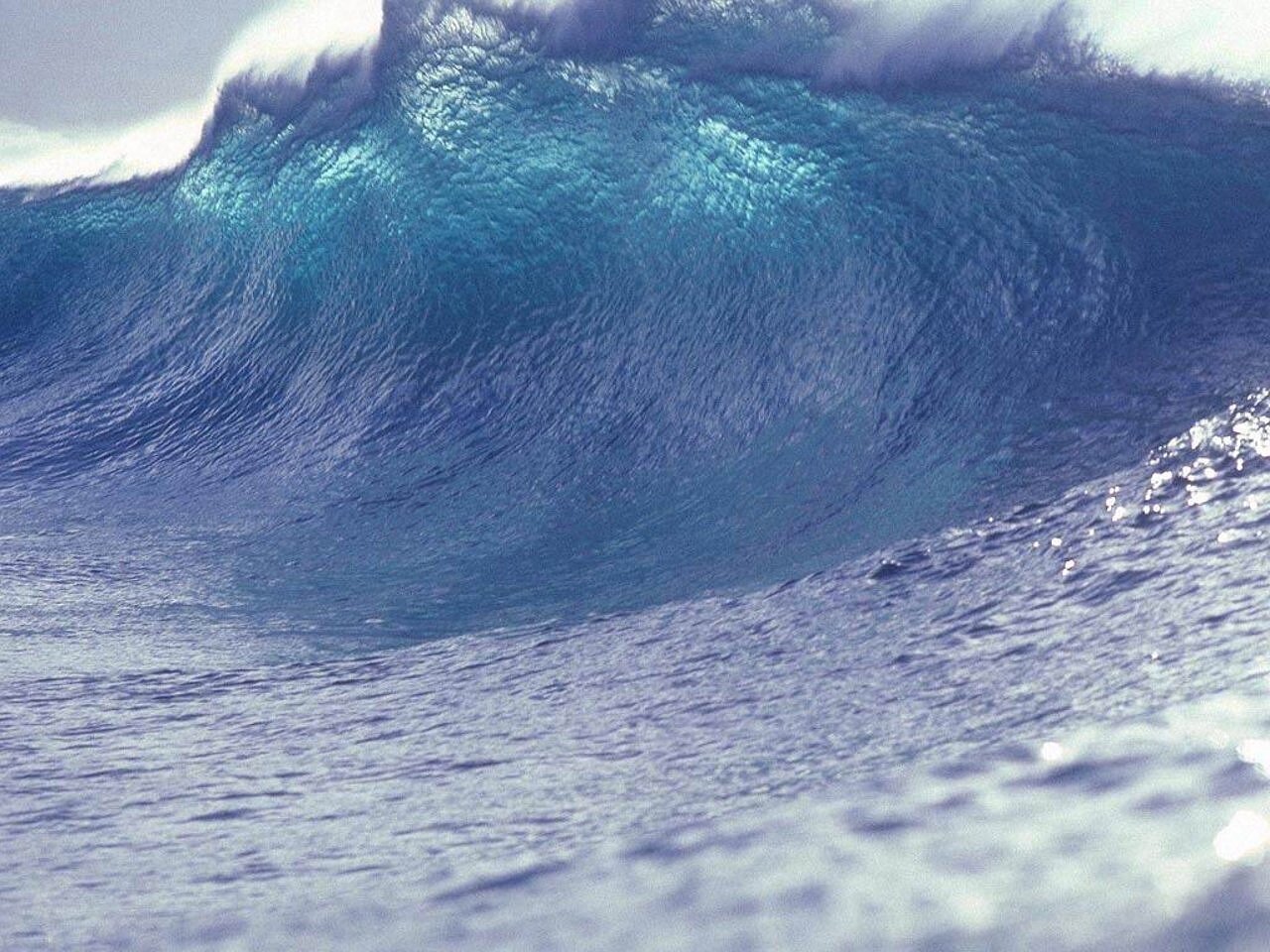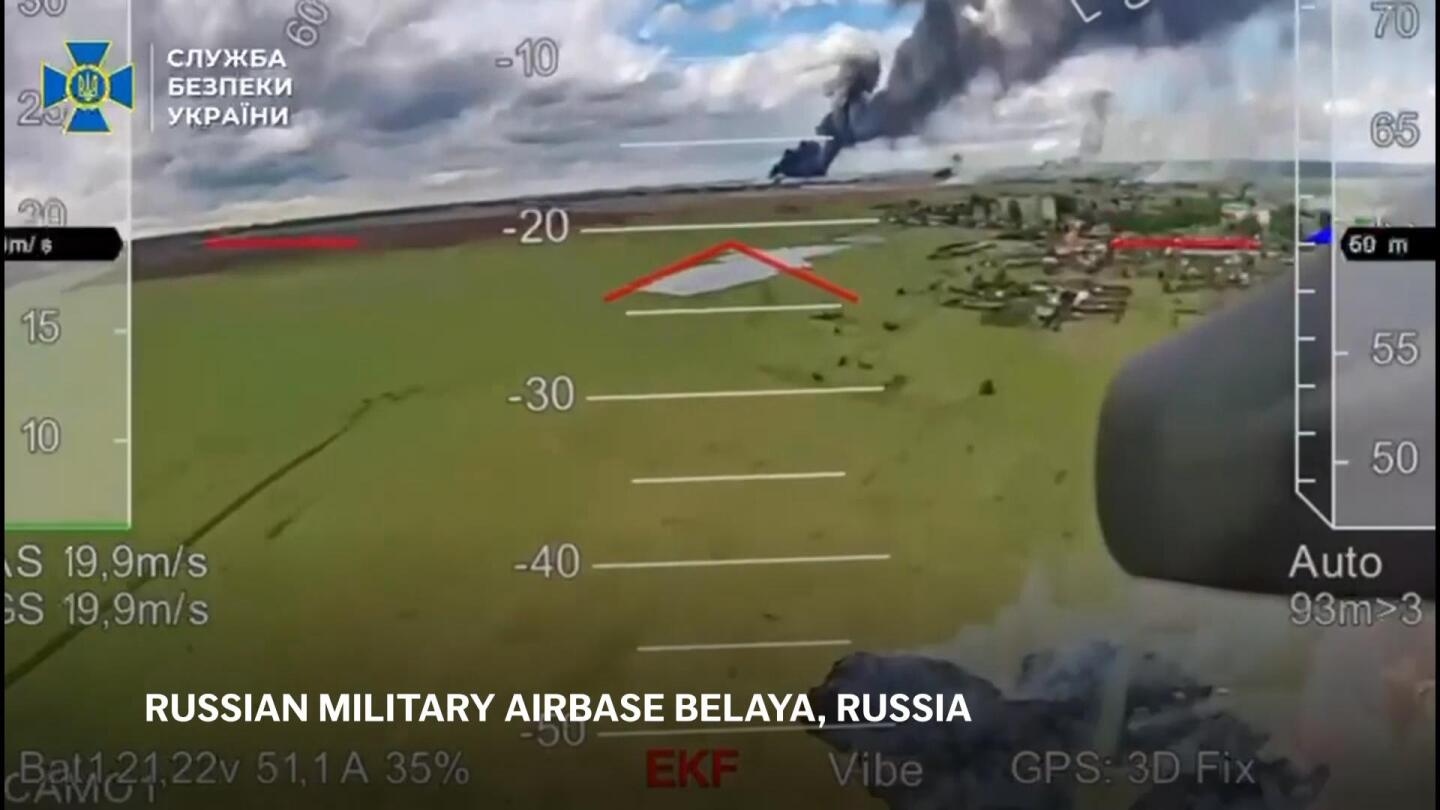Where A California Tsunami Would Hit Hardest: A Coastal Risk Assessment

Welcome to your ultimate source for breaking news, trending updates, and in-depth stories from around the world. Whether it's politics, technology, entertainment, sports, or lifestyle, we bring you real-time updates that keep you informed and ahead of the curve.
Our team works tirelessly to ensure you never miss a moment. From the latest developments in global events to the most talked-about topics on social media, our news platform is designed to deliver accurate and timely information, all in one place.
Stay in the know and join thousands of readers who trust us for reliable, up-to-date content. Explore our expertly curated articles and dive deeper into the stories that matter to you. Visit Best Website now and be part of the conversation. Don't miss out on the headlines that shape our world!
Table of Contents
Where a California Tsunami Would Hit Hardest: A Coastal Risk Assessment
California's stunning coastline, while breathtaking, harbors a significant, often overlooked threat: tsunamis. While not as frequent as earthquakes, the potential devastation from a tsunami hitting the Golden State is immense. This article delves into a coastal risk assessment, identifying the areas most vulnerable to a tsunami's destructive power and exploring what steps are being taken to mitigate the risk.
Understanding California's Tsunami Threat:
California is situated along the Pacific Ring of Fire, a highly active seismic zone prone to both earthquakes and tsunamis. These devastating waves can be triggered by local earthquakes, undersea landslides, or even distant mega-quakes, like those originating in Alaska or Japan. The time it takes for a tsunami to reach California's coast varies depending on its origin, ranging from minutes for a locally generated tsunami to several hours for distant events.
High-Risk Coastal Areas:
Several factors determine a coastal area's vulnerability to tsunami damage. These include proximity to the fault lines, the topography of the coastline (bay shape, inlets, etc.), and the existing infrastructure. Based on extensive research and modeling, several areas are identified as high-risk:
- Crescent City: Located in Northern California, Crescent City is particularly vulnerable due to its proximity to the Cascadia Subduction Zone, a major source of potential tsunamis. Its geography also funnels wave energy, potentially exacerbating the impact.
- Eureka and Humboldt Bay: Similar to Crescent City, the Humboldt Bay area's geography amplifies the effects of a tsunami. Low-lying areas surrounding the bay are especially at risk of inundation.
- Mendocino Coast: This region, known for its rugged beauty, also faces significant tsunami risks. The irregular coastline creates areas where wave amplification is possible.
- Los Angeles and Long Beach: While seemingly less prone compared to Northern California, Los Angeles and Long Beach harbors could experience significant tsunami effects, particularly from distant events. The densely populated areas surrounding the harbors make the potential impact substantial.
- Santa Barbara and Santa Monica: These areas are susceptible to both locally generated and distant tsunamis. The coastal topography can lead to wave run-up and significant flooding.
Mitigation Efforts and Preparedness:
Recognizing the inherent risk, various measures are being implemented to increase preparedness and mitigate potential damage:
- Early Warning Systems: The National Oceanic and Atmospheric Administration (NOAA) operates a sophisticated tsunami warning system that monitors seismic activity and provides timely alerts. Improved communication systems are crucial for effective evacuation.
- Evacuation Planning: Coastal communities are developing and regularly practicing tsunami evacuation plans. This includes identifying evacuation routes, designated assembly points, and improving public awareness.
- Infrastructure Improvements: Efforts are underway to strengthen coastal infrastructure, including seawalls and building codes designed to withstand tsunami forces. However, complete protection is often not feasible, highlighting the importance of preparedness.
- Public Education: Raising public awareness about tsunami risks and preparedness strategies is crucial. Regular drills and educational programs help residents understand the threat and know how to react.
Conclusion:
While the exact timing and magnitude of future California tsunamis remain uncertain, the potential for devastation is undeniable. Understanding the areas at highest risk and actively participating in community preparedness programs are crucial steps in minimizing the impact of a future tsunami. Staying informed about NOAA's alerts and local evacuation plans is essential for protecting yourself and your loved ones. For more detailed information, visit the NOAA website [link to NOAA tsunami information]. Remember, preparedness is key.

Thank you for visiting our website, your trusted source for the latest updates and in-depth coverage on Where A California Tsunami Would Hit Hardest: A Coastal Risk Assessment. We're committed to keeping you informed with timely and accurate information to meet your curiosity and needs.
If you have any questions, suggestions, or feedback, we'd love to hear from you. Your insights are valuable to us and help us improve to serve you better. Feel free to reach out through our contact page.
Don't forget to bookmark our website and check back regularly for the latest headlines and trending topics. See you next time, and thank you for being part of our growing community!
Featured Posts
-
 Unwavering Loyalty Red Sox Rookies Defiance Of Yankees
Jun 09, 2025
Unwavering Loyalty Red Sox Rookies Defiance Of Yankees
Jun 09, 2025 -
 New Video Shows Ukrainian Drones Striking Russian Air Bases Sbu Claims
Jun 09, 2025
New Video Shows Ukrainian Drones Striking Russian Air Bases Sbu Claims
Jun 09, 2025 -
 The View Hosts Ignored Trump Elon Musk Drama Fans React
Jun 09, 2025
The View Hosts Ignored Trump Elon Musk Drama Fans React
Jun 09, 2025 -
 Hunter Dobbins Bold Stand Retirement Over Yankees Intensifying Red Sox Yankees Rivalry
Jun 09, 2025
Hunter Dobbins Bold Stand Retirement Over Yankees Intensifying Red Sox Yankees Rivalry
Jun 09, 2025 -
 Petunia And Vernon Dursley Found Hbos Harry Potter Series Casts Powley And Rigby Exclusive News
Jun 09, 2025
Petunia And Vernon Dursley Found Hbos Harry Potter Series Casts Powley And Rigby Exclusive News
Jun 09, 2025
